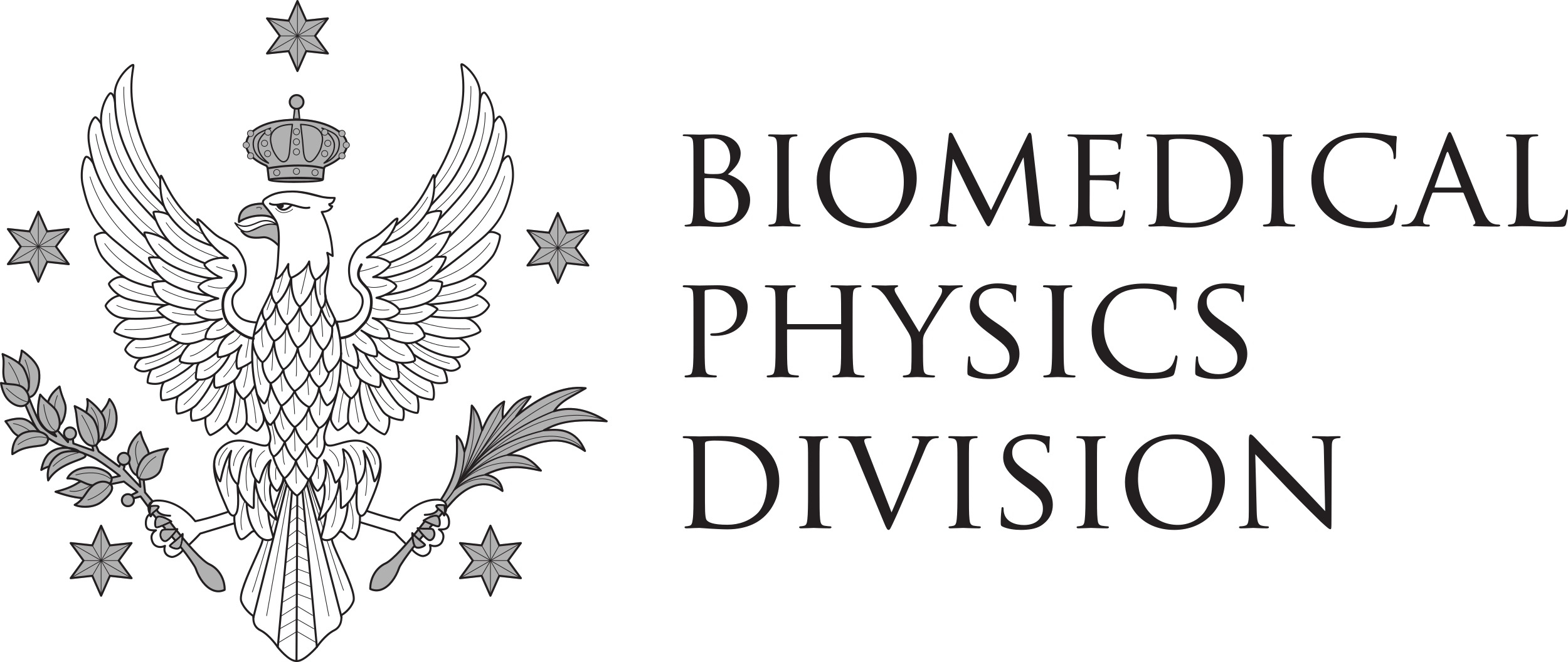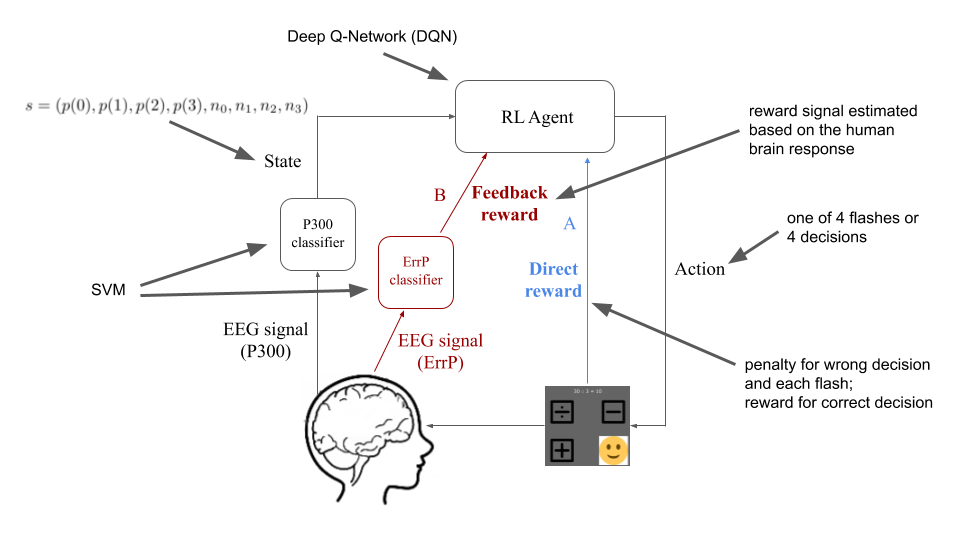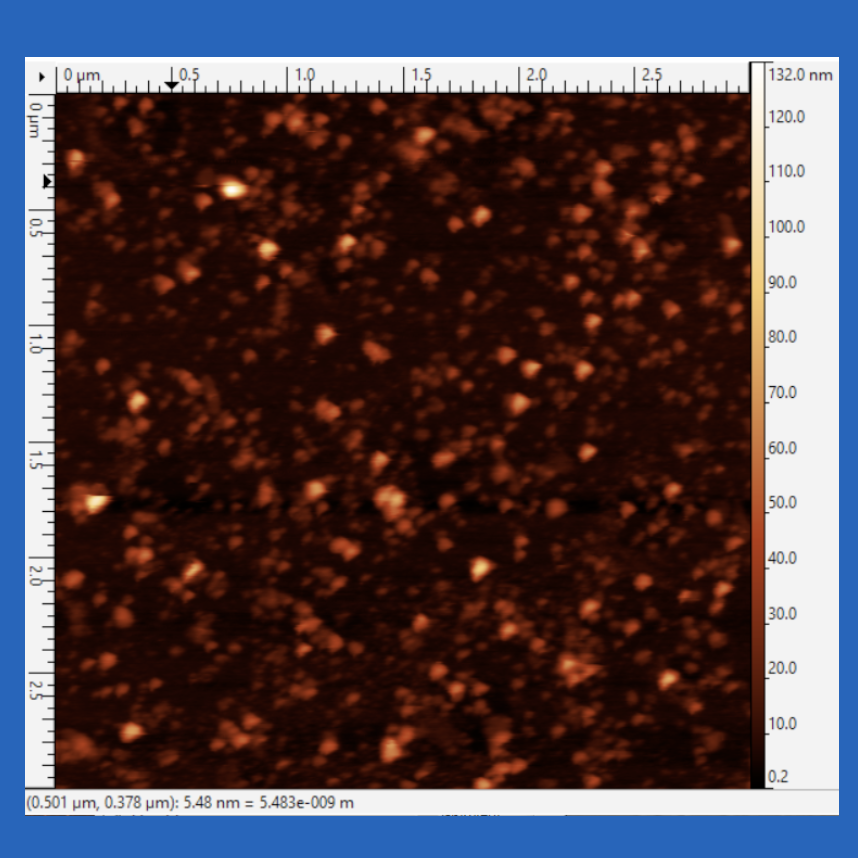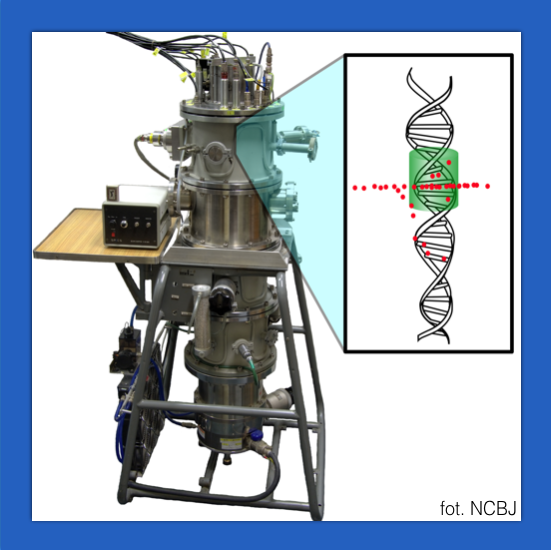The accuracy of dose delivery during radiation therapy is crucial in the entire process of treating an oncological patient. For this purpose, a series of measurements are made before the start of the first fraction to check that the medical treatment plan prepared by the medical physicist is being implemented and the physical quantities calculated in the treatment planning system coincide with dosimetric measures. The accuracy of dose delivery during radiation therapy is crucial in the entire process of treating an oncological patient. To this end, a series of measurements are made before the start of the first fraction to check that the medical treatment plan prepared by the medical physicist is being implemented and the physical quantities calculated in the treatment planning system coincide with dosimetric measures. Commonly, cylindrical or cubic water phantoms are used during these types of measurements, which only approximately imitate the patient's body. Measurements carried out with the help of such phantoms are fraught with errors due to the fact that the geometric solid filled with water only approximately reproduces the parameters of the human body.
The purpose of this work was to design and make an anthropomorphic phantom printed 3D technique that could replace commonly used water phantoms, and to check whether such a phantom would allow for individualization of dosimetry measurements.
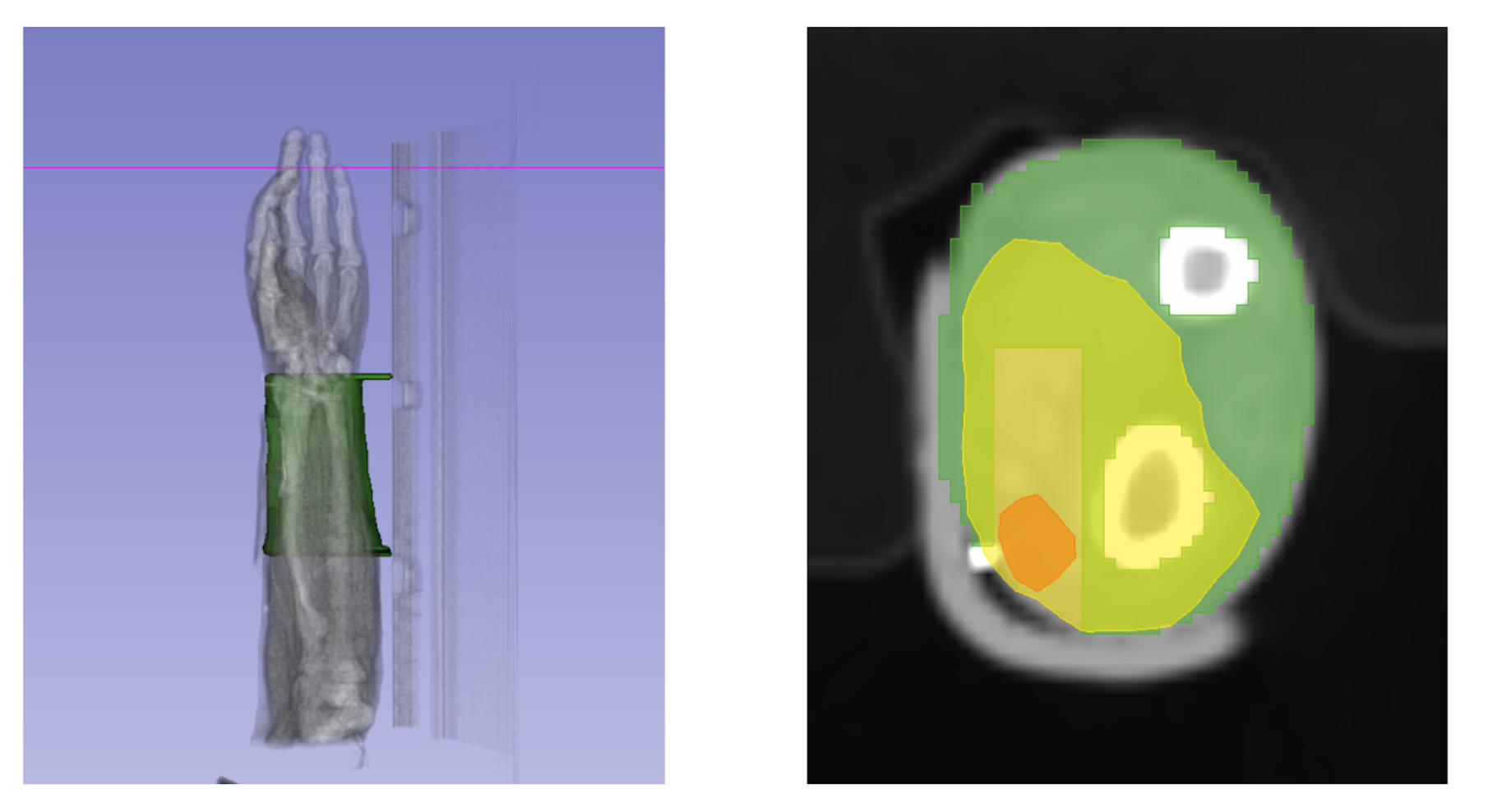
Radiodensity is a parameter describing opacity of material for electromagnetic radiation, particularly X-rays. It is measured using Hounsfield units (HU), which forms a linear scale defined by two substances: air (-1000 HU) and distilled water (0 HU). In our research group we 3D-print models using various infill values and shapes. We search for a pattern, which binds infill’s parameters with their radiodensity, to elaborate a method of preparing models especially tailored to imitate patient body.
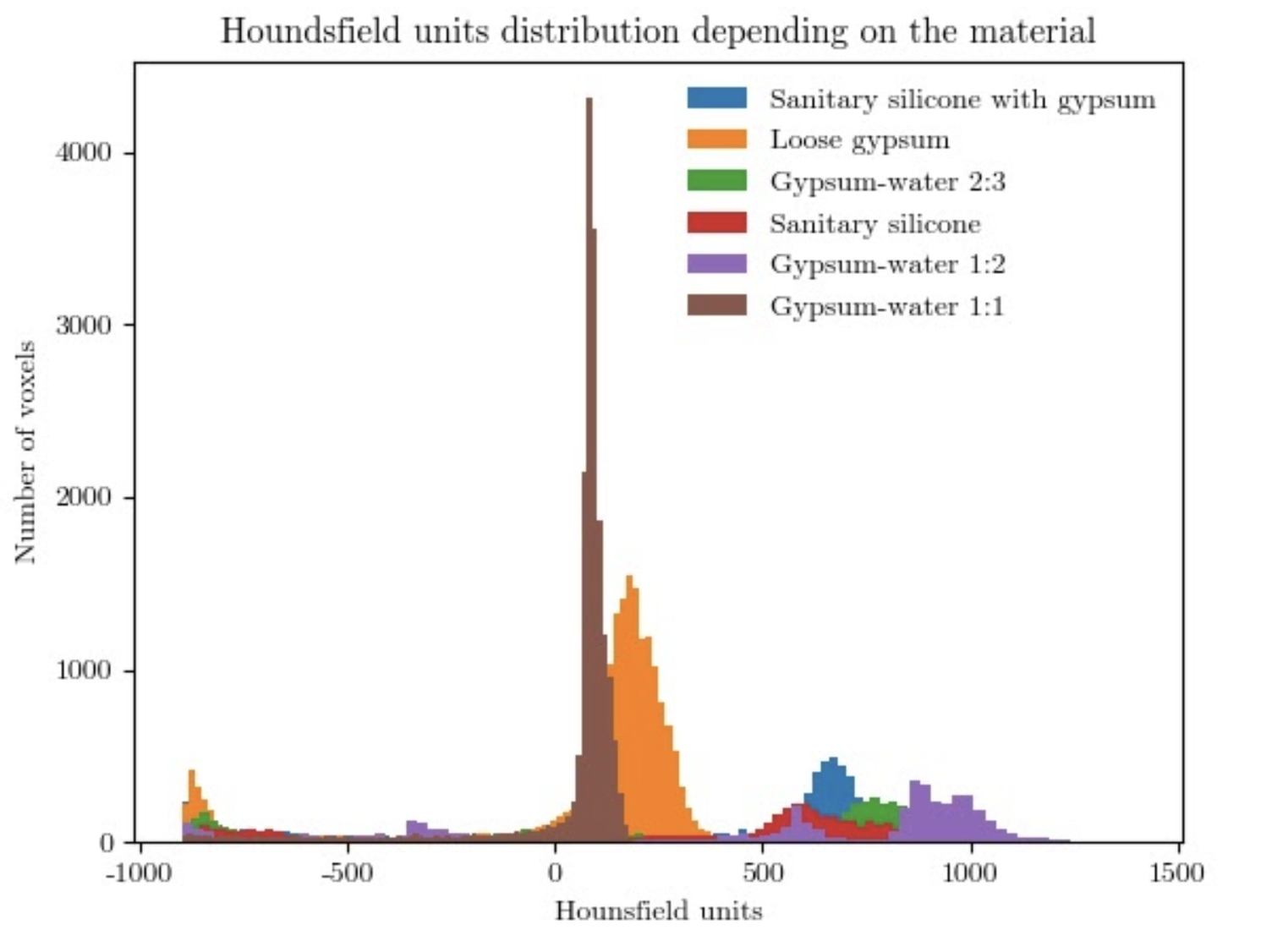 The arm models were printed in University Technology Transfer Centre (UTTC UW), the academic incubator at the Faculty of Physics.
The arm models were printed in University Technology Transfer Centre (UTTC UW), the academic incubator at the Faculty of Physics.- Mateusz Filipek
- Edyta Dąbrowska-Szewczyk
- Zofia Szczyrek
- Adrianna Tartas
- Maksymilian Głowacki
- Aleksandra Juda
- Kacper Waluk
- Jakub Pietrzak
- Anna Zawadzka
- Beata Brzozowska
Only in Polish:
- Raport Zespołowego Projektu Studenckiego dot. dozymetrii promieniowania X dla próbek biologicznych
- Raport Zespołowego Projektu Studenckiego dot. analizy porównawczej krajowych tomografów
The accuracy of dose delivery during radiation therapy is crucial in the entire process of treating an oncological patient. For this purpose, a series of measurements are made before the start of the first fraction to check that the medical treatment plan prepared by the medical physicist is being implemented and the physical quantities calculated in the treatment planning system coincide with dosimetric measures. The accuracy of dose delivery during radiation therapy is crucial in the entire process of treating an oncological patient.
